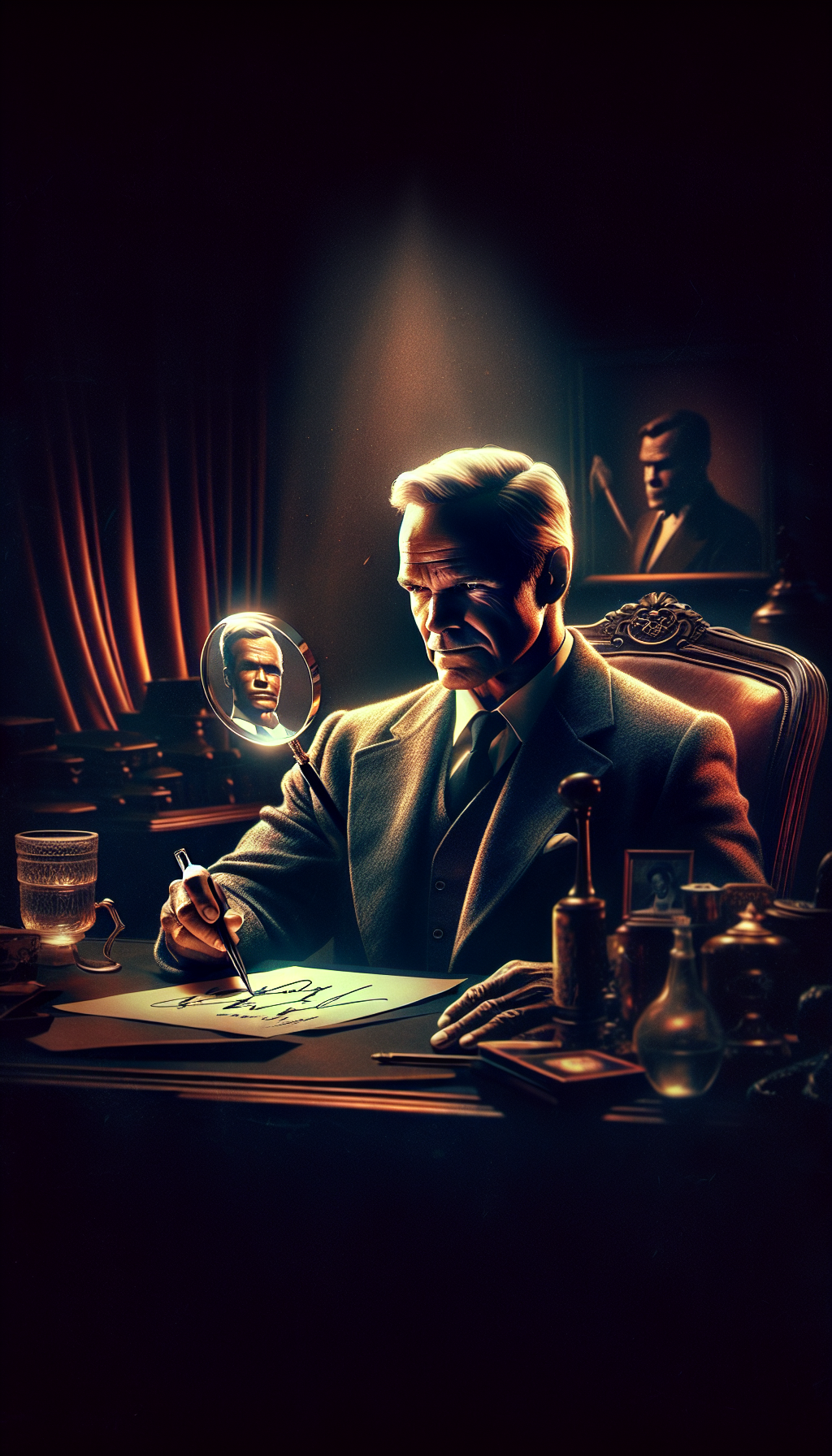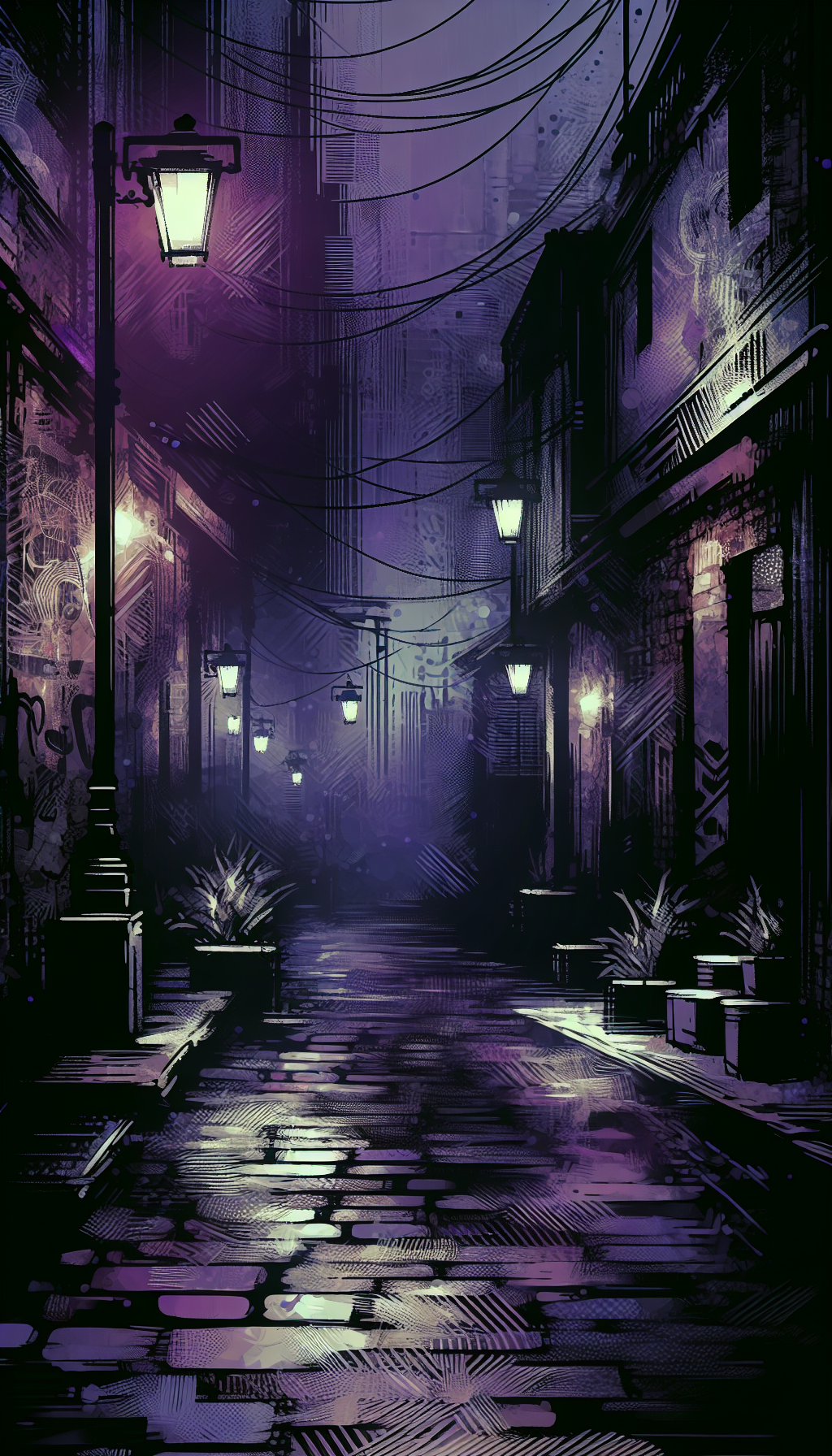An Arthur William Devis Original Painting
Arthur William Devis (1762–1822) occupies a distinctive niche in late Georgian and Regency-era art. Best known for his portraits and the celebrated images surrounding Admiral Nelson, Devis combined polished academic training with first-hand experience of maritime and East Indies subjects. For collectors and appraisers, an “original Devis” can be both historically rich and commercially compelling—provided one negotiates the frequent confusion with his father, the earlier conversation-piece painter Arthur Devis (1712–1787), and with contemporary portraitists working in a similar idiom.
This guide outlines what to look for, how to corroborate attribution, and where value tends to concentrate in the market.
Arthur William Devis: Artist Profile and Context
Training and background: The son of conversation piece specialist Arthur Devis, Arthur William trained in London and exhibited at the Royal Academy from his youth. He absorbed the refined portrait conventions of the late 18th century while gravitating toward larger-scale, psychologically engaged portraiture and occasional history subjects.
Travels and the East Indies: In the mid-1780s, Devis sailed toward the East Indies and famously survived the wreck of the Antelope, spending time in the Palau islands. He produced drawings of people and places encountered en route, which later informed published engravings and enhanced his reputation for authenticity in exotic and maritime themes. He also painted merchants and East India Company officials, fostering a client base beyond Britain.
The Nelson connection: Devis’s best-known work centers on the death of Admiral Lord Nelson after the Battle of Trafalgar. He interviewed witnesses and sketched participants soon after the event, generating a composition that was widely engraved and replicated. Multiple versions, studio iterations, and period copies of his Death of Nelson subject circulate today, sometimes complicating authentication.
Later career and legacy: Devis continued to paint portraits, producing poised likenesses that reflect Regency taste—lucent skin tones, carefully handled fabrics, and assertive yet elegant compositions. While overshadowed in fame by a handful of larger names, his oeuvre intersects significant historical narratives, maritime heroics, and the global British presence at the turn of the 19th century.
Visual Hallmarks and Materials
Although Devis’s range spans intimate busts to multi-figure history paintings, several consistent traits can help orient an appraisal.
Format and size:
- Portrait heads and half-lengths often follow British “standard” sizes: approximately 30 × 25 inches (head-and-shoulders) and 36 × 28 inches (kit-cat). Three-quarter-length portraits commonly appear around 50 × 40 inches.
- Oval canvases and feigned ovals occur, especially in refined bust-length portraits.
Composition and pose:
- Sitters are typically presented in three-quarter view with direct but unforced engagement.
- Drapery, uniforms, and maritime or colonial props appear with controlled bravura, never overwhelming the sitter’s presence.
- In Nelson-related works, a dramatic chiaroscuro supports narrative focus and heightened emotion.
Paint handling:
- Smooth, carefully blended flesh tones with cool shadows and nuanced transitions around the eyes and mouth.
- Textiles rendered with crisp highlights—satin folds, braids, lace, and jeweled accents—testify to disciplined brushwork rather than bravura impasto.
- Backgrounds tend to be modulated and atmospheric rather than descriptively busy, aiding the sitter’s prominence.
Palette:
- A restrained late Georgian palette: warm earths for flesh, quiet greys and greens for backgrounds, and disciplined use of high-key highlights to animate eyes and costume ornaments.
- For naval and ceremonial portraits, deep blues, blacks, and golds are balanced to avoid glare, relying on glazing for depth.
Supports and construction:
- Primarily oil on canvas with British stretchers keyed at the corners. Relining is common on period works.
- Occasional panel supports for smaller works or early pieces.
- Period frames—carved and gilded with Regency ornament—may be original or later but can carry useful labels or stenciled inventory numbers.
Signatures and inscriptions:
- Devis sometimes signed “A. W. Devis,” “Arthur W. Devis,” or “A. W. Devis pinxit,” typically lower left or right, and not always prominently. Dated signatures occur but are not consistent.
- Stretcher or reverse inscriptions (artist, sitter, or owner details) may be present. Later dealer labels or exhibition tickets can be significant for provenance.
Attribution Pitfalls: Father, Followers, and Copies
Attribution is the core challenge. Understanding how Devis differs from similar painters—and even from his father—can prevent costly missteps.
Father vs. son:
- Arthur Devis (father) specialized in mid-18th century “conversation pieces”: small, stiffly arranged family groups in interiors or garden settings, often on panel. Figures are diminutive relative to the setting, with a prim, doll-like elegance.
- Arthur William Devis (son) favored later Georgian portraiture: larger canvases, more naturalistic flesh modeling, and Regency silhouettes. His single-sitter portraits have psychological presence and mature academic finish absent from many of the father’s earlier works.
Overlaps and misreadings:
- Both sometimes used “A. Devis”; misattributions arise when signatures are partial, overpainted, or added later. Always check the style and costume chronology against the signature.
- Works by contemporaries like William Beechey, John Opie, Thomas Hickey (notably in India), and even early Lawrence and Hoppner circle painters can be confused with Devis. Compare ear construction, eyelid modeling, and the transition from lips to surrounding flesh—small, consistent mannerisms can differentiate hands.
Nelson and history compositions:
- The Death of Nelson was engraved and widely disseminated, spawning replicas and variants. Period copies can be of high quality; later copies might show mechanical, literal copying without the tonal breadth of the original hand.
- Prints often bear “From the original picture by A. W. Devis,” which can help identify the composition but not necessarily confirm authorship of a particular oil.
Studio and workshop:
- Some portraits may show studio assistance in background or costume details. Expect the most nuanced finish in facial features when Devis’s hand is dominant.
Provenance, Documentation, and Technical Clues
Corroborating authorship relies on documents and the object’s material record.
Paper trail:
- Exhibition catalog entries (e.g., Royal Academy) can match sitters, titles, and sizes. Estate inventories, sale catalogues, and dealer stockbooks help build a chain of ownership.
- Old labels: Backboard inscriptions, London frame-maker labels, or transport stencils can anchor a painting in time and place.
Comparative imagery:
- Check for period engravings after Devis and likenesses of the sitter by other artists. Consistency in physiognomy strengthens identification.
Costume and hair:
- Sitters’ costume, orders, and hairstyles help date within a decade. Regency fashions, naval uniforms (rank-specific distinctions), and East India Company insignia can be cross-checked against known timelines.
Technical examination:
- Raking light: reveals canvas weave, stretcher impressions, craquelure patterns, and retouching.
- Infrared/UV: can show underdrawing, pentimenti, and later overpaint. Faces repainted wholesale are red flags for condition and value.
- Lining and varnish: glue-paste or wax-resin linings are common and not inherently negative, but heavy wax can suppress tonal nuance.
Condition Factors That Move the Needle
Typical age-related issues:
- Stable age craquelure is acceptable; widespread cupping, lifting, or tenting merits conservation.
- Overcleaning can flatten mid-tones, especially in faces, reducing value even if the attribution stands.
- Bituminous darks (if present) may show alligatoring; soundness matters more than perfect surfaces.
- Old tears with competent, minimal retouching are manageable; extensive overpaint in facial areas is value-suppressing.
Frames:
- Period frames add value and context. Mismatched ornate frames can mislead; a good period-appropriate replacement is an asset.
Market Landscape and Value Drivers
Price spectrum:
- Competent half-length portraits of unidentified sitters can occupy the mid-five-figure range.
- Identified sitters with naval, East India Company, or literary importance move into higher five figures and low six figures.
- Nelson-related originals or prime versions of significant compositions can achieve strong six figures, occasionally more, depending on condition and provenance.
- Drawings and preparatory studies, including East Indies material, range from low to mid-five figures for compelling subjects.
What buyers pay for:
- Named sitters with research depth.
- Crisp, unembellished condition with original color and minimal restoration.
- Clear provenance and early exhibition history.
- Distinctive subject matter: naval, colonial administrators, scientifically or culturally notable figures.
What suppresses value:
- Weak or over-restored faces, dubious signatures, or misaligned costume dates.
- Thin provenance, especially for “Nelson” subjects, where copies are plentiful.
How to Research and Confirm
- Start with the sitter: Do inscriptions, coats-of-arms, or family papers point to an identity? Correlate with peerage and service records where applicable.
- Build a dossier: Assemble photographs (including oblique raking light and UV), measurements, stretcher and frame details, and any labels or inscriptions.
- Compare: Line up your work against securely attributed Devis portraits—look at ears, eyelids, the philtrum, and fabric sheen. Subtle consistencies emerge.
- Consider technical analysis: Pigment and ground analysis, IRR, and dendrochronology (for panels) are rarely first steps but can resolve tight questions.
- Seek specialist opinion: A dealer or curator experienced in Georgian portraiture can contextualize your painting within the Devis circle and its imitators.
Concise Practical Checklist
- Date the costume and hair: Do they align with c. 1785–1820 Regency fashion and Devis’s active span?
- Inspect signature critically: Is it integrated and of the period, or a later addition? Check under magnification and UV.
- Evaluate the face: Smooth modeling, cool-shadowed eyes, natural lip transitions, and confident brows are positive markers.
- Confirm scale and support: British standard portrait sizes on keyed stretchers; note any relining and its quality.
- Document the back: Photograph labels, inscriptions, and stretcher construction before any conservation.
- Cross-check composition: Does a known engraving after Devis exist for this likeness or subject?
- Weigh condition honestly: Overcleaned faces, heavy overpaint, or structural instability should be priced accordingly.
- Assemble provenance: Prior sales, collection labels, or exhibition records add credibility and value.
Caring For an Arthur William Devis Original
- Display: Avoid direct sunlight; maintain stable humidity and moderate temperature to prevent craquelure from worsening.
- Cleaning and varnish: Engage a conservator for surface dirt removal and varnish decisions; many period works benefit from non-invasive cleaning only.
- Framing: Use a sound, period-appropriate frame and UV-filtering glazing where appropriate, ensuring proper spacers and backing.
- Documentation: Keep high-quality images and an updated condition report; these help in future appraisals and insurance.
FAQ
Q: How can I tell a work by Arthur William Devis from one by his father? A: The father painted mid-18th century conversation pieces with small, formal figures in interiors or gardens, often on panel. The son focused on late Georgian portraiture and history subjects, with larger canvases, smoother flesh modeling, and Regency-era dress. Style, scale, and costume chronology are the quickest discriminators.
Q: Are unsigned Arthur William Devis paintings common? A: Signatures are inconsistent in his oeuvre. Many authentic works are unsigned; attribution rests on stylistic analysis, provenance, and, where available, exhibition or engraving records.
Q: What red flags suggest a later copy of a Devis composition? A: Mechanically literal handling, uniform gloss with little glazing depth, weak facial modeling, and anachronistic materials (modern canvas weaves, synthetic pigments) are warning signs. UV examination can reveal modern retouching inconsistent with period technique.
Q: Do Nelson-related paintings always command a premium? A: Not automatically. Prime versions with strong provenance and condition do. Later copies or heavily restored examples may trade at a fraction of headline prices.
Q: What single factor most influences value in a Devis portrait? A: Identified, historically significant sitters—documented naval officers, East India Company figures, or individuals of cultural note—paired with strong condition typically command the best results.
For collectors and appraisers alike, an original Arthur William Devis rewards careful looking and disciplined research. With the right evidence and condition, his paintings deliver both historical gravitas and enduring market appeal.




